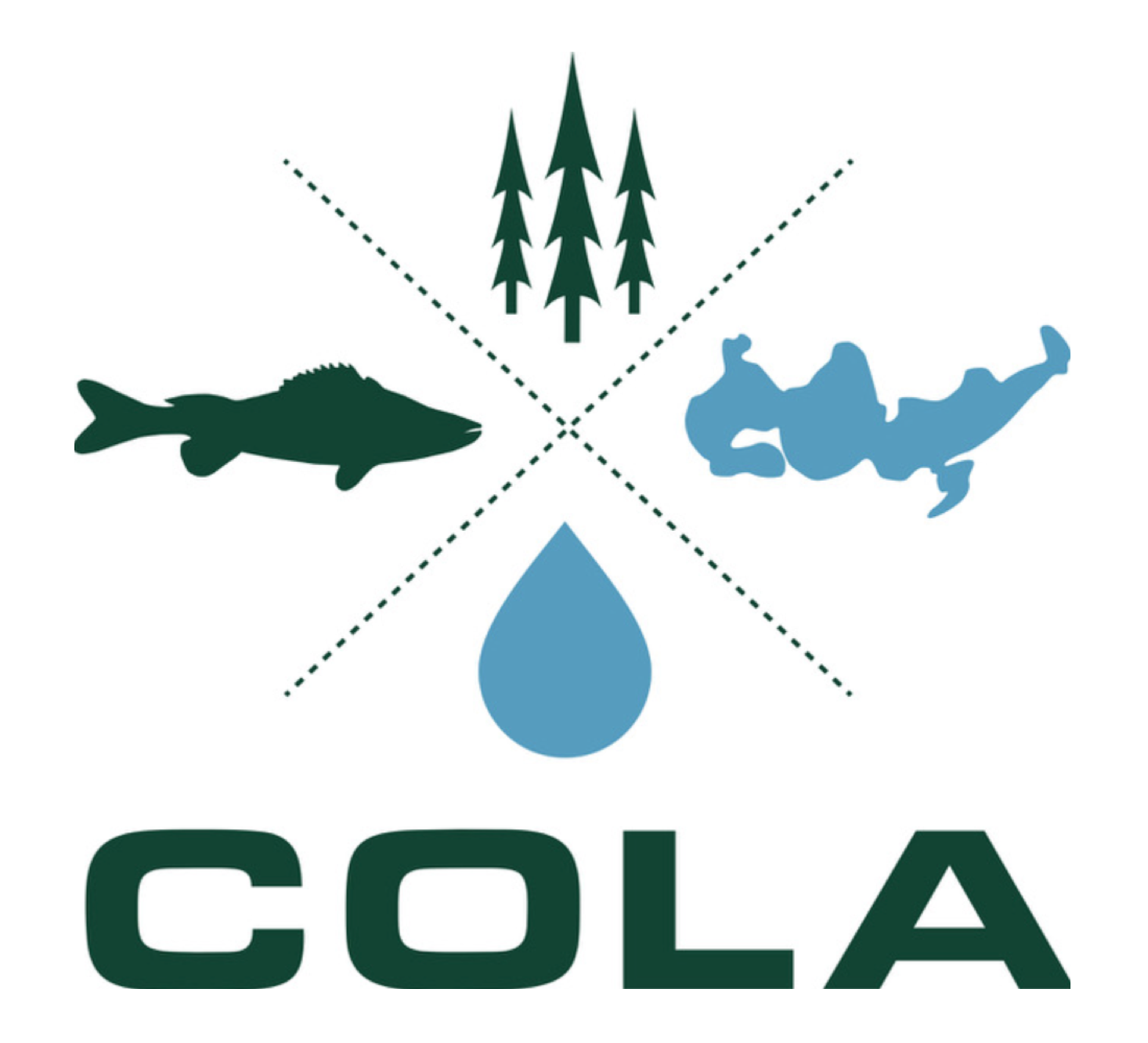Both COLA and the Lac Courte Oreilles Band of the Lake Superior Chippewa Indians jointly submitted the Site Specific Phosphorus Criterion proposal to the WDNR to reflect their long-standing relationship, mutual efforts, and ongoing work on behalf of the health and future of this lake.
Site-Specific Phosphorus Criterion Proposal Developed
A Site-Specific Phosphorus Criterion Proposal for reducing the phosphorus level in Lac Courte Oreilles to 10 parts per billion was developed by LimnoTech, an independent water environment research and engineering firm that regularly assists federal and state agencies, including the WDNR, to develop plans to restore and protect lakes and streams across the country. Submitted with the SSPC, COLA also submitted a request that the WDNR initiate emergency rulemaking within 60 days of receipt of the Site Specific Phosphorus Criterion proposal.
"Video": What Happens in Musky Bay Happens to the Rest of the Lake
LimnoTech has developed a video--hydrodynamic model--of Lac Courte Oreilles to show the amount of mixing between bays and basins in LCO and the rest of the lake. The animation shows the water movement and mixing that occurs between Musky Bay and the rest of LCO and confirms that LCO is one integrated aquatic system. In other words, what happens in Musky Bay happens to the rest of the lake.

